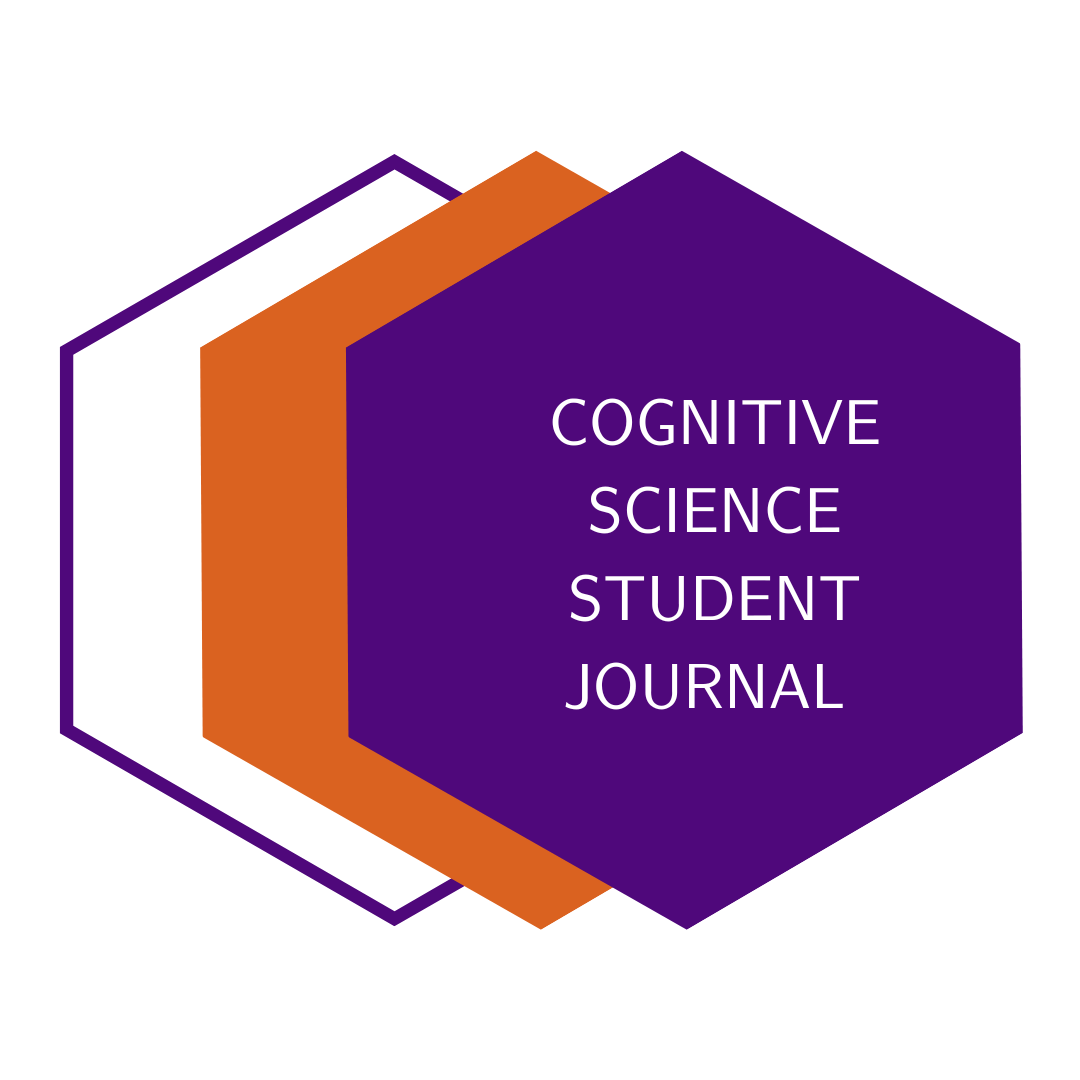
/
RSS Feed
What does it mean for a system to be creative? Can humans and machines be creative together? How has the definition of machine creativity changed over the years?
Philipp Wicke is an Assistant Professor at the Ludwig Maximilian Universität München and is asking exactly these questions in his research.
Listen to this episode if you want to learn more about creative computers and how they have developed and further evolved over the past years!
References:
- Boden, Margaret A. “Creativity and artificial intelligence.” Artificial intelligence 103.1-2 (1998): 347-356.
- Ventura, Dan. “Mere generation: Essential barometer or dated concept.” Proceedings of the Seventh International Conference on Computational Creativity. Sony CSL, 2016.
- Gervás, Pablo. “Computational approaches to storytelling and creativity.” AI Magazine 30.3 (2009): 49-49.
- Veale, Tony. “Exploding the Creativity Myth: The Computational Foundations of Linguistic Creativity” Bloomsbury, 2012. ISBN 978-1-4411-8172-5.” (2017): 52-54.
- Varela, Francisco J., Evan Thompson, and Eleanor Rosch. The embodied mind, revised edition: Cognitive science and human experience. MIT press, 2017.
- Newen, Albert, Leon De Bruin, and Shaun Gallagher, eds. The Oxford handbook of 4E cognition. Oxford University Press, 2018.
- Di Paolo, Ezequiel A., Elena Clare Cuffari, and Hanne De Jaegher. Linguistic bodies: The continuity between life and language. MIT press, 2018.
Credits:
Produced by: Sophie Kühne and Alina Ohnesorge
Logo by: Annika Richter
Music by: Jan-Luca Schröder
